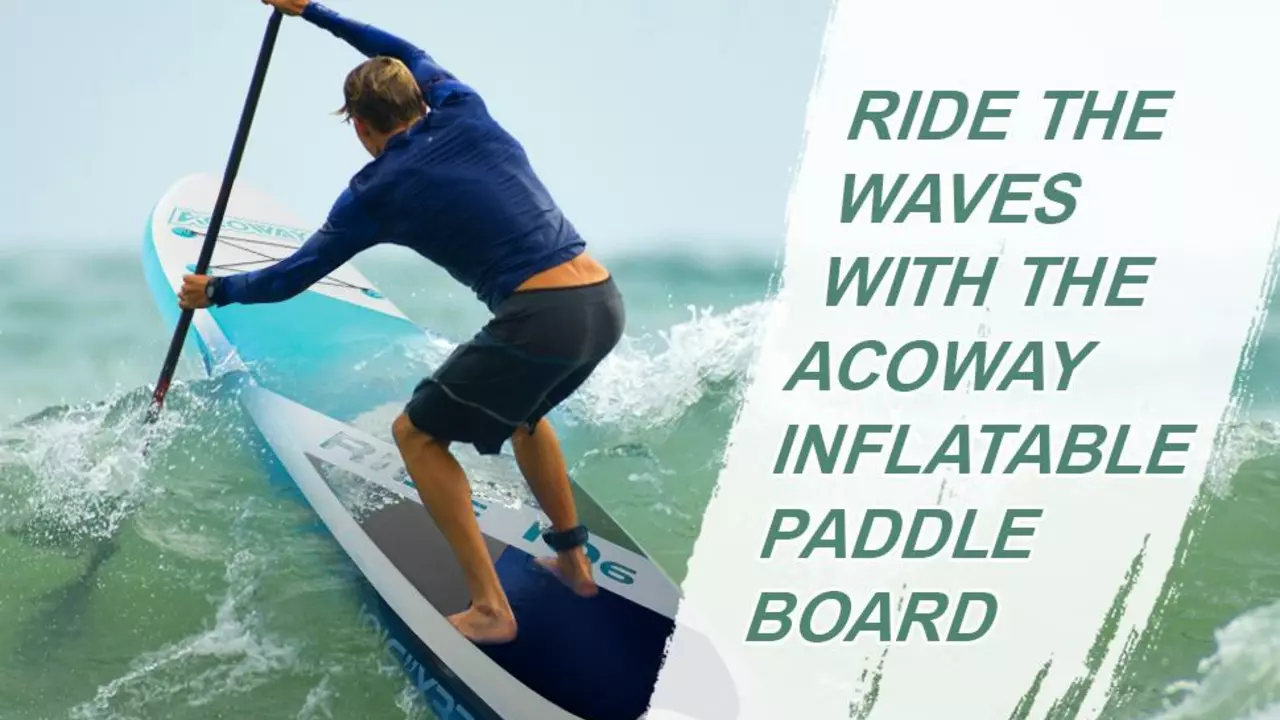Paddle Board Construction: Build Your Own Board
Thinking about making a paddle board yourself? You don’t need a factory. With the right foam, fiberglass, and a bit of patience, you can create a board that fits your style and budget.
Choosing the Right Materials
The core of any board is the foam. Most DIY builders go for EPS (expanded polystyrene) because it’s cheap, lightweight, and easy to shape. If you want extra durability, look for a closed‑cell foam – it won’t soak up water if it gets a crack.
Next up is the skin. Fiberglass cloth paired with epoxy resin is the classic combo. It gives a hard, water‑tight finish and protects the foam from dents. For a lighter feel, you can mix in a carbon‑fiber layer, but epoxy and fiberglass alone work great for most paddlers.
Don’t forget the deck pad and fin box. A thin EVA pad adds comfort for long sessions, while a simple fin box plug lets you swap fins later. All of these parts are easy to find at a local marine shop or online.
Step‑by‑Step Build Process
1. Sketch Your Shape – Grab a piece of paper and draw the outline you want. Keep the length between 9‑12 feet for stability, and make the width around 30‑34 inches if you’re a beginner.
2. Cut the Foam – Transfer your shape onto the foam block. Use a fine‑tooth saw or a hot wire cutter for clean edges. Sand the edges smooth; a little sandpaper goes a long way.
3. Apply the Fiberglass – Lay the fiberglass cloth over the foam, leave a few inches overhang. Mix epoxy according to the label, then brush it onto the cloth. Work quickly before it cures. Once it’s tacky, add a second layer if you want extra strength.
4. Add the Deck Pad – Cut the EVA pad to match the deck shape. Glue it on with marine‑grade adhesive. It not only feels good under your feet but also protects the top from UV damage.
5. Install the Fin Box – Cut a hole where the fin will sit, sand the edges, and slot in the fin box plug. Secure it with epoxy and let it cure fully.
6. Finish and Polish – Sand the whole board with progressively finer grits, then apply a final coat of clear epoxy for a glossy look. Once dry, wipe off any excess and you’re set.
That’s it – a board you built yourself, ready for the water. Test it out on calm water first, tweak the fin angle if needed, and you’ll soon be gliding with a board that’s truly yours.
If you run into problems, check out UK Windsurf Club’s forums. The community loves swapping tips, and you’ll find plenty of advice on specific issues like foam cracking or epoxy bubbles.
Now grab your tools, follow these steps, and enjoy the satisfaction of paddling on a board you made from the ground up.
How to build a paddle board?
Building a paddle board is a rewarding process that requires some woodworking skills and patience. The first step is to select the right materials, typically lightweight, durable wood. Then, you need to cut and shape the wood in the desired paddle board design, taking care to ensure stability and buoyancy. The board is then assembled using strong adhesive and screws if necessary. Lastly, it's important to seal the board with a waterproof finish to protect it from water damage.
